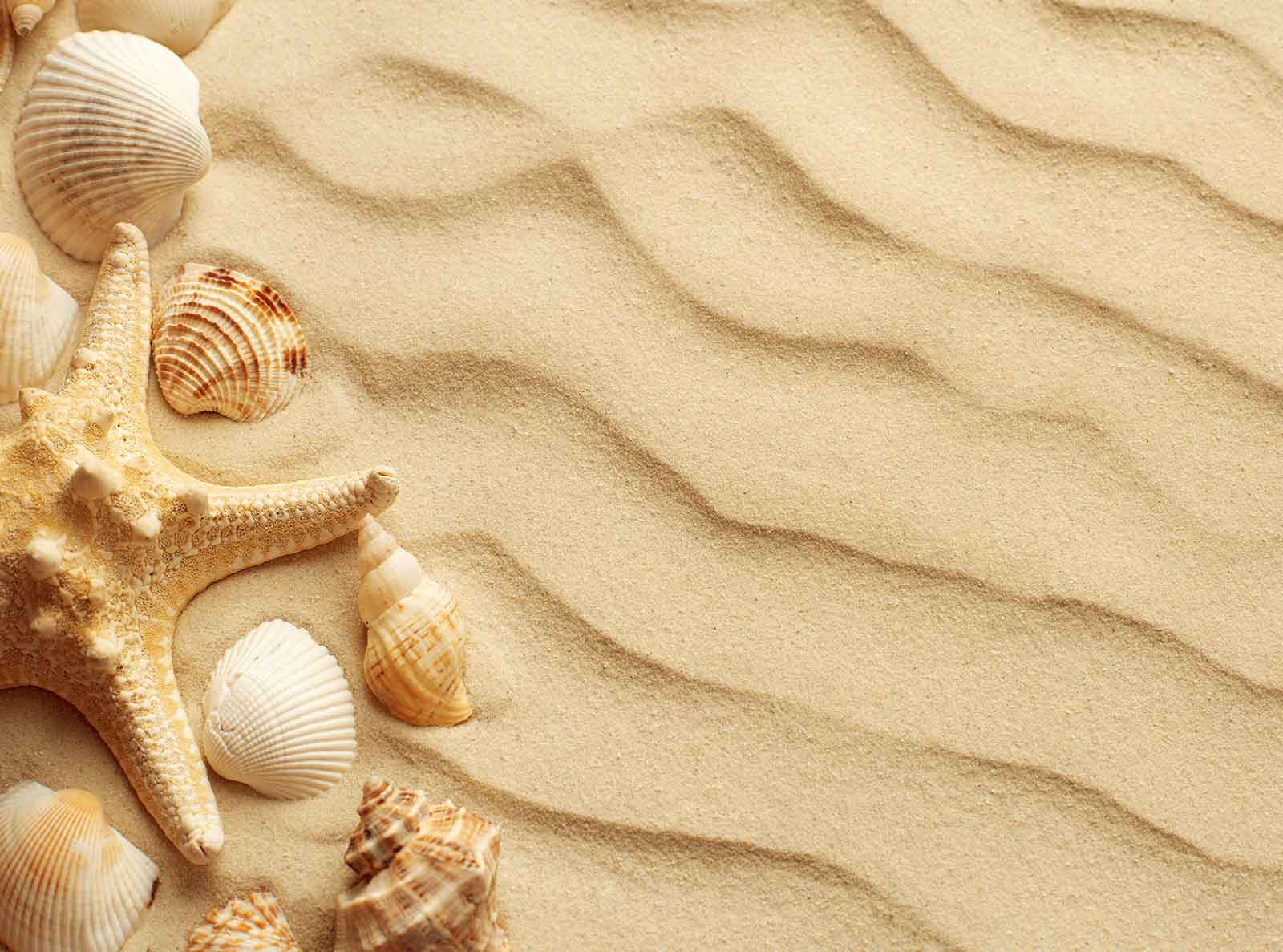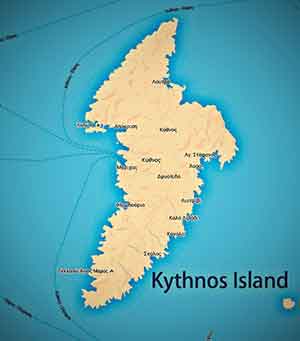
One of the hidden treasures of Kythnos is the castle of Oria. The archaeological excavation has not begun there and thus it remains in ruins in an impressive location at an altitude of 250m. The medieval capital of the island is located at the northwest. I was founded in the 7th century AD after the old capital Vryokastro was abandoned. The inhabitants of Oria castle left it the 16th century after it was conquered by the Turks.
The catastrophe was so big that the survivors decided to move the capital to Chora, while the area of the castle was never again inhabited. The castle of Katakefalos was the seat of the Italian feudal family of Kozadino who dominated from 1337 until 1617. The conquest was done by the famous Turkish pirate Barbarossa in 1537. The legend says that a Turk disguised as a pregnant woman came to the gates and begged to open them. The governor's beautiful daughter pitied her and ordered for the gates to open. It was the opportunity the Turks were waiting for to come into the castle and take it over. Seeing what she had done she jumbed from a rock and was killed.
The castle was well-fortified and occupied an area of approximately 10,500 sqm while over 100 buildings inside and outside the walls have been recorded. This implies that the population should not have been over 500 people in the period of its peak. It is known under various names Kastro of Katakefalo, Palaiokastro, Kastro of Oria or Orgia.
Access to the castle of Oria can be made in two ways:
- .From the road that leads from Loutra to the castle, which soon becomes a dirt road and the last 700m are made on a path that moves at the roots of the rock the castle is settled on.
- .Alternatively we can use the path that starts from Chora and reaches the Castle. The walk takes about 2 hours and moves on the path that during the Middle Ages connected the Castle of Oria with Messaria. In some places the path intersects with the road. The hiker is impressed as the castle reveals itself suddenly and astonishes with its beauty.
The Castle of Oria had a continuous habitation for about 10 centuries which resulted in a building frenzy. Its present form is due to the conservation made in the 13th century by the Venetians, while it is said that during the Greek Revolution of 1821 the residents resorted there and brought some changes to the fortification fearing the Turks. The main purpose of the castle was defensive and since the population was small and the resources few its purpose was to meet the primary needs. Most of the buildings were build from materials found nearby, such as rough stone.
Approaching the Castle from the side of the dirt road, the visitor finds the ruins of Koukounas, a rural Byzantine settlement that provided all the necessary to the inhabitants of the castle. Near the gate of the Castle there are several small buildings built from natural materials and of unknown use. There is a two-storey building that might have been a guardhouse that helped in the defense of the gate. Entrance to the castle was made from two gates southeast (for those coming from the mainland) and northeast (joining the castle with the bay of Sklavos). Walking along the path from the second gate to the bay one can see the ruins of a church.
The walls are single except for the sides of the Castle that needed extra protection since the rock formations were not steep enough to protect it. There the walls are double-built but on different levels. Both gates were on the first wall. Unfortunately, the outer walls have suffered the most damage, resulting in the north gate being almost invisible, while the south, which was better constructed, is still in a good condition. The defense of the walls was complemented by towers, some of which are still well preserved.
Passing the first wall, one finds himself in the first enclosure and sees the ruins of buildings that were probably used as stables, warehouses, etc. as well as a church built partly on the natural rock. Inside the church there are still parts of frescoes.
In order to reach the second level the visitor uses a stairway that starts near the church. There is situated the main fortress. At the end of the stairs there is a small plateau and from there two small stairways begin, one of which leads to the church of Panagia Kareleoussa (which still is open for mass) while the other in the main settlement. The settlement consists of about 100 buildings. The state of the wall is not very good, since it has fallen completely in many places.
The condition of most buildings is poor, however there are churches, warehouses, administrative buildings and some water reservoirs. The main settlement can be divided into two neighborhoods the upper and the lower which have as center two plateaus. In the upper neighborhood, the size of the buildings indicates that it was inhabited by the rulers, while in the inferior social strata situated in the lower. The visitor is impressed by the large number of churches (about 11) in relation to the number of inhabitants. Moreover there were five water tanks: three underground and two superficial for the accumulation of rainwater. In Yaloudis bay there was a spring also used for water supply.
The Castle of Oria is one of the unknown archaeological sites of the island worth visiting. Abandoned and decaying it exudes an atmosphere of mystery. Difficult access compensates for the impressive view it offers.


























